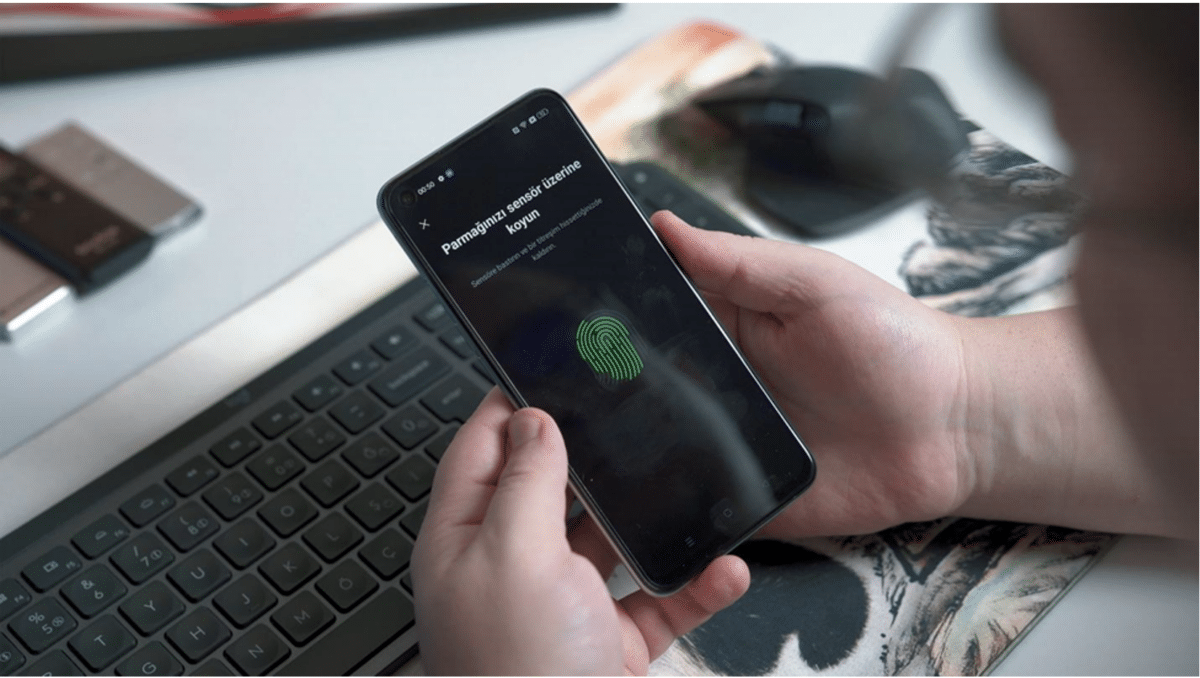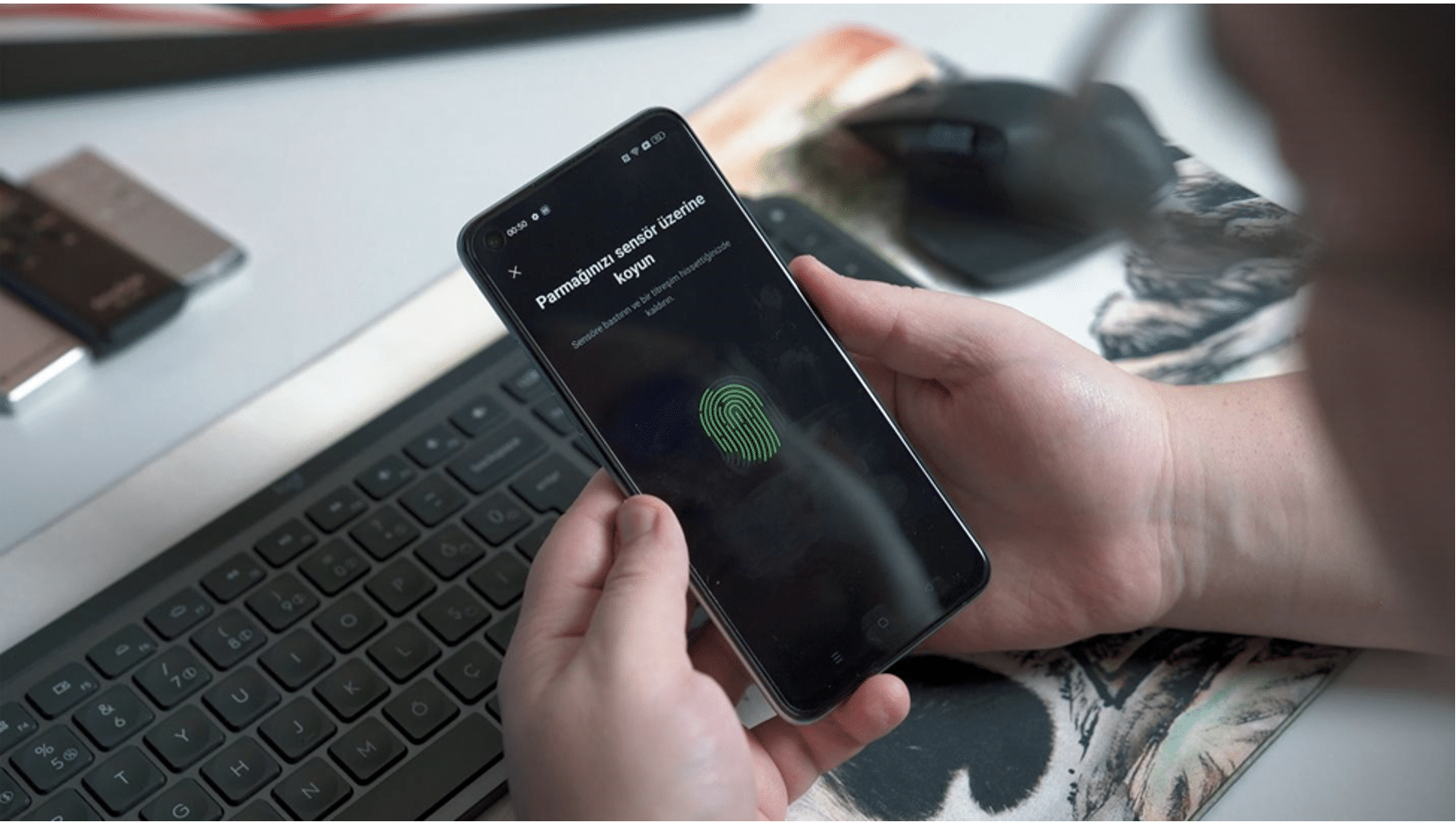Security system technology is quickly developing to meet the demands of a complex and connected world. New technology trends, however, are taking the world by surprise as their advancement redefines security measures.

As cyber-attacks become more complex and advanced, attack defense techniques also get more sophisticated to keep up with the expanding difficulties. With traditional security measures being outpaced, seeking embedded software development services can be indispensable in creating adaptive, intelligent, and robust security solutions. Below are three technology trends redefining security protocols:
1. Artificial Intelligence (AI) and Embedded Security Systems Integration
These days, artificial intelligence is quite common in the security industry. Massive volumes of data may be analyzed in real-time by AI-powered algorithms, spotting patterns and abnormalities that people overlook.
Video surveillance systems enhanced with AI can also distinguish between regular activity and potential threats. The technology around facial recognition has significantly advanced. It has improved access control to identify users in a system and help identify individuals in a crowd.
Artificial intelligence is rapidly growing, which makes it an ideal security option for those who want to keep up with the advancing world around them. Combined with machine learning, artificial intelligence utilizes video analytics to monitor and identify potential threats in real-time automatically. AI systems allow the deployment of numerous surveillance devices without requiring human oversight.
2. Internet of Things (IoT) Security
Vulnerability to cyber-attacks has increased due to new access points and advances in the Internet of Things devices. Manufacturers are now focusing on building security into the IoT devices from the ground up. More robust authentication methods, data encryption, and regular security updates are becoming standard.
To reduce possible breaches, network segmentation is also becoming more common. Internet of Things devices are separated from critical systems using this strategy. This will keep devices connected and safe at the same time.
3. Biometric Authentication Advancements
Biometric authentication is quickly becoming a preferred security measure for many as it minimizes your risk of data breaches and hacks. Unlike traditional authentication solutions, biometric is more secure and efficient. Biometric entry systems use a person’s distinct biological characteristics to authenticate and grant access. Most commonly, this is achieved through fingerprint and facial recognition technology using AI scanners and cameras.
Most smart devices and phones already use biometric technology as a security feature, and it is a popular access control trend for buildings and workplaces. While biometric security technology was previously limited to high-risk applications, the latest advancements have led to more mainstream applications.
Endnote
Being aware of the ever-expanding array of threats is crucial as it allows you to put the right security measures in place. Apart from creating a comprehensive security convergence plan, you need to leverage the latest security technology trends to bolster your defense against potential threats and respond swiftly in the event of an incident. Remember that keeping abreast of trends in security technology is the first step to preventing data breaches.







